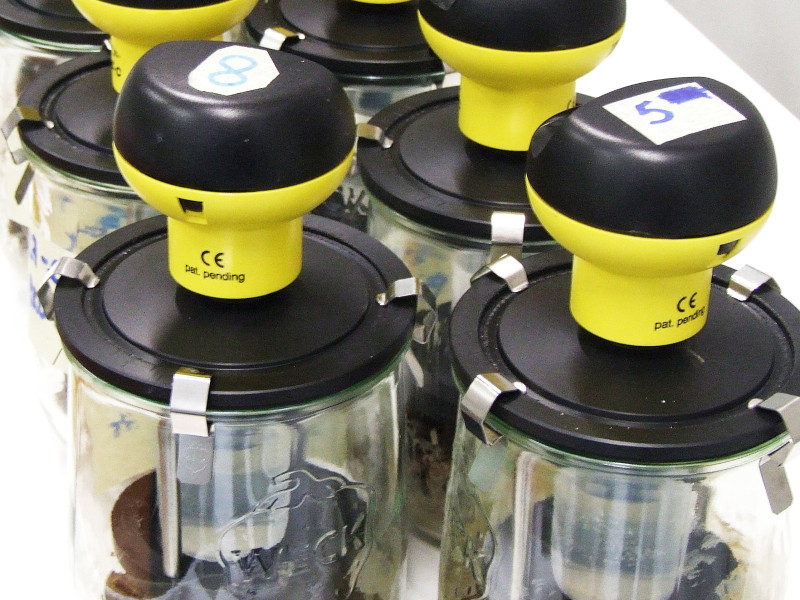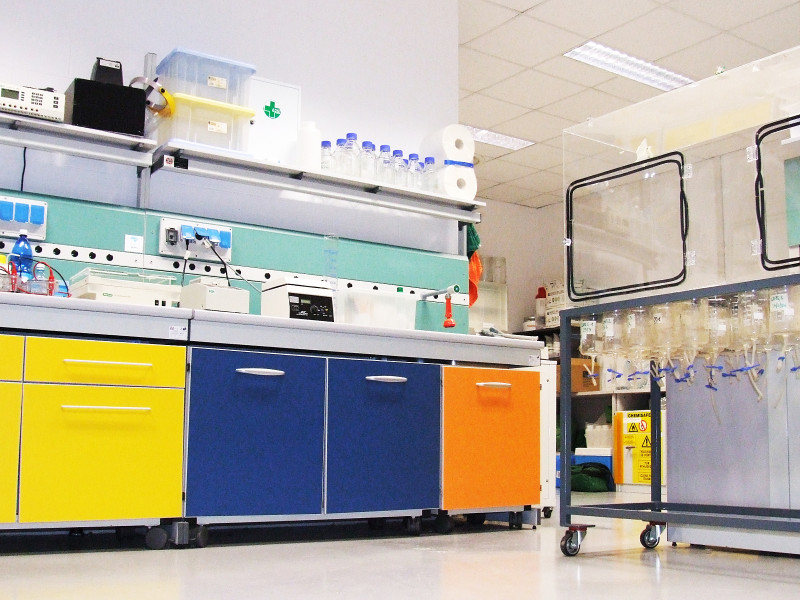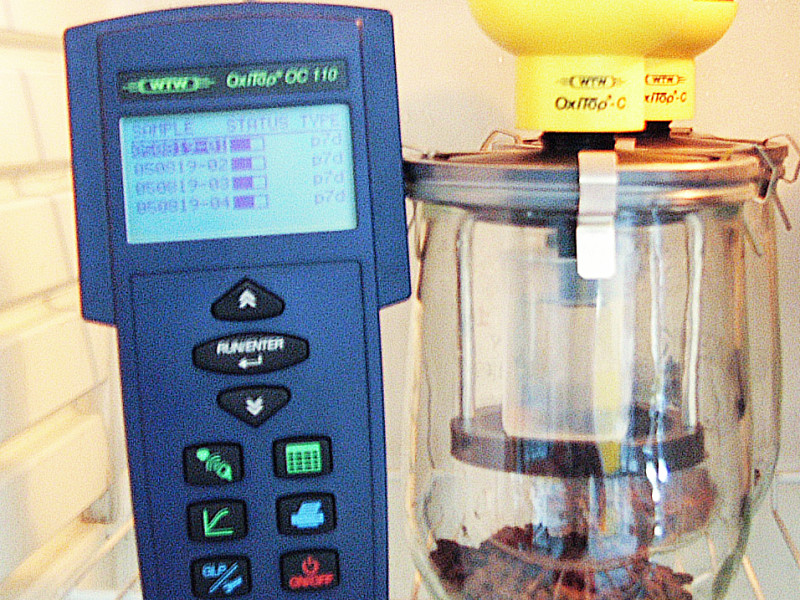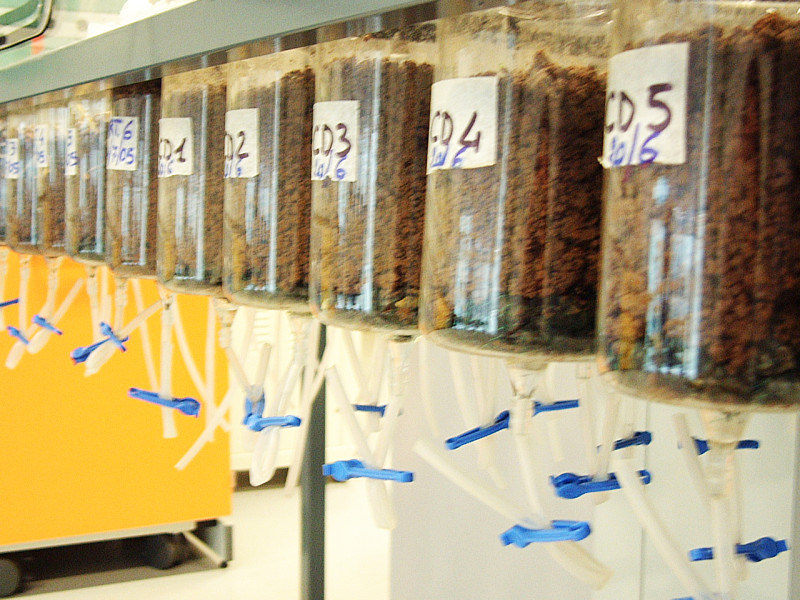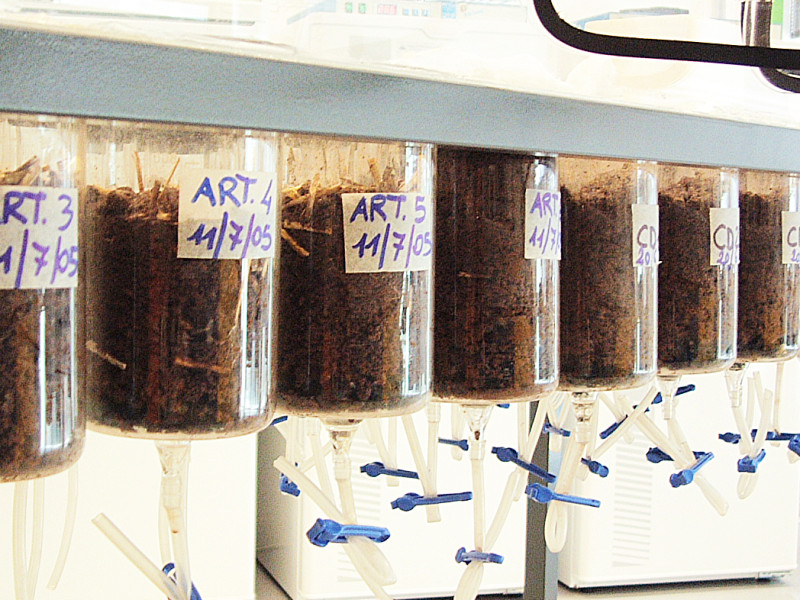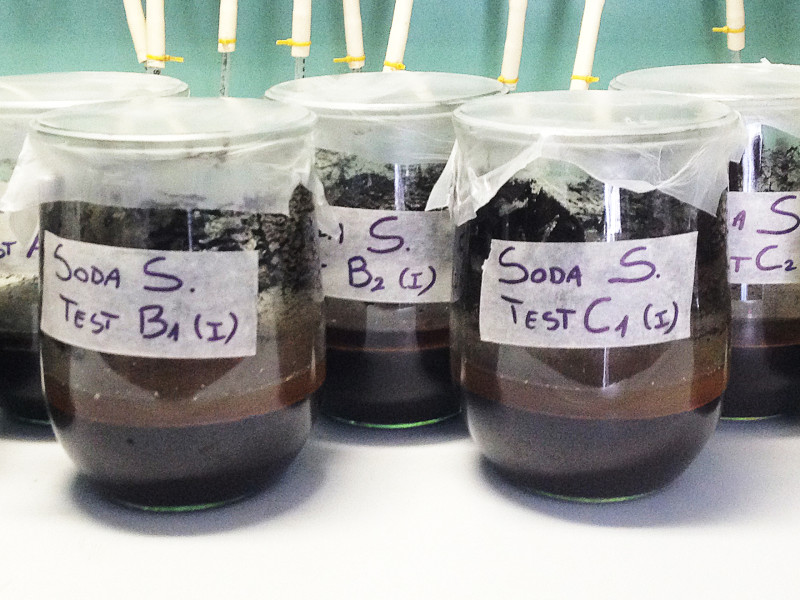BIOTREATABILITY STUDIES
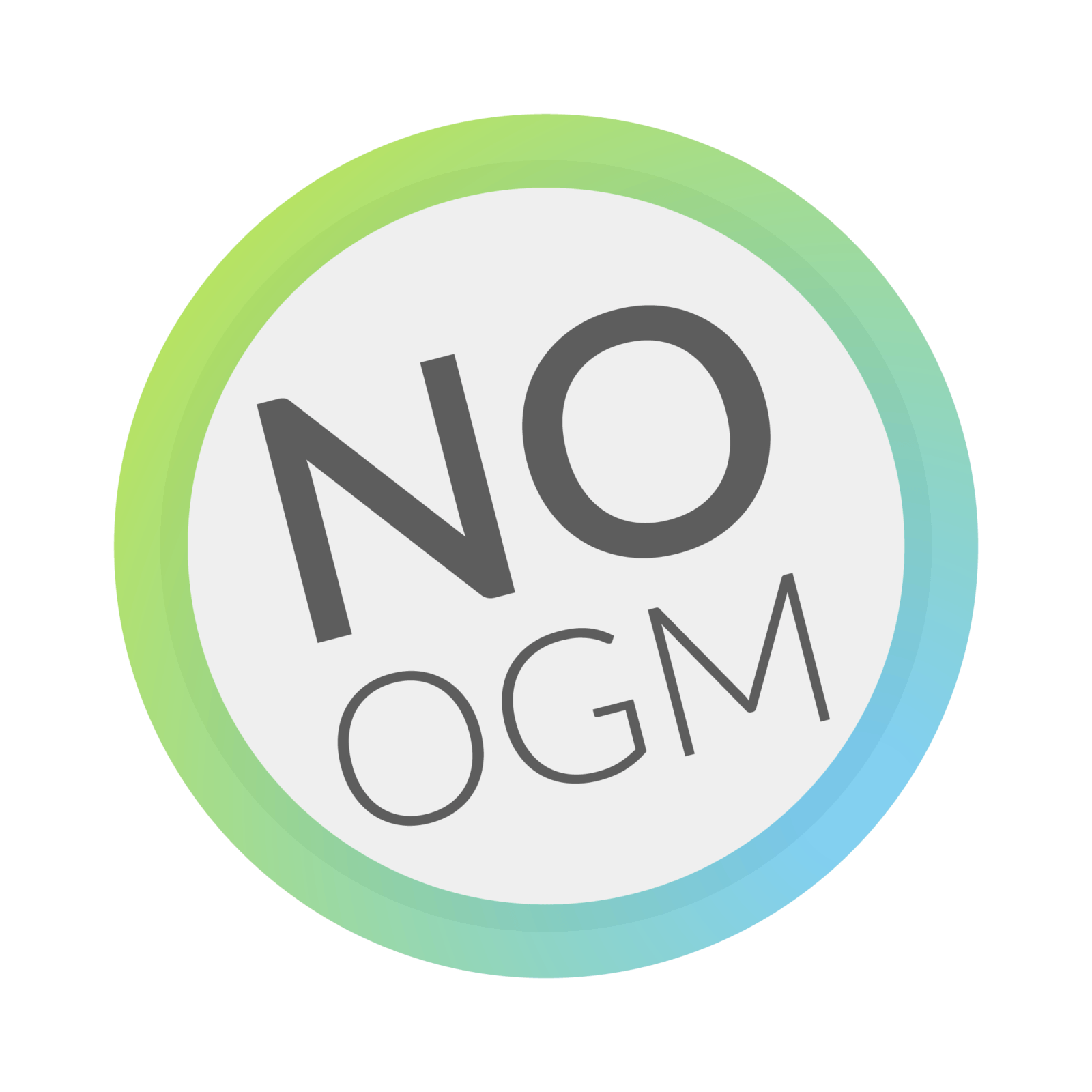
A successful bioremediation approach modulates the interaction between the microbial populations in the matrix and the pollutants. A large number of variables present in the matrix, such as, for example, microorganism populations, oxygen content, pH, metabolic nutrients and inhibitors, must be orchestrated in order to temporarily direct the ecosystem toward the degradation of the toxic chemical.
All site characteristics and every possible variable must be taken into account and the laboratory is the first place where we collect and analyze information with a series of controlled experiments called biotreatability studies.
A first biotreatability study is often required by the regulatory agencies to evaluate the proposed method at an early stage of the remediation plan approval .
MICROCOSM TEST
Data collection is carried out in an artificial environment that simulates the natural ecosystem of the polluted area (microcosm). We have a microbiological laboratory specifically equipped for this purpose. We use strict laboratory protocols to ensure precision and reproducibility of the experiments, as natural matrices are complex and unstable systems.
Tests can be carried out in solid phase, slurry or aqueous phase, under aerobic or anaerobic conditions, depending on the site and the client requirements.

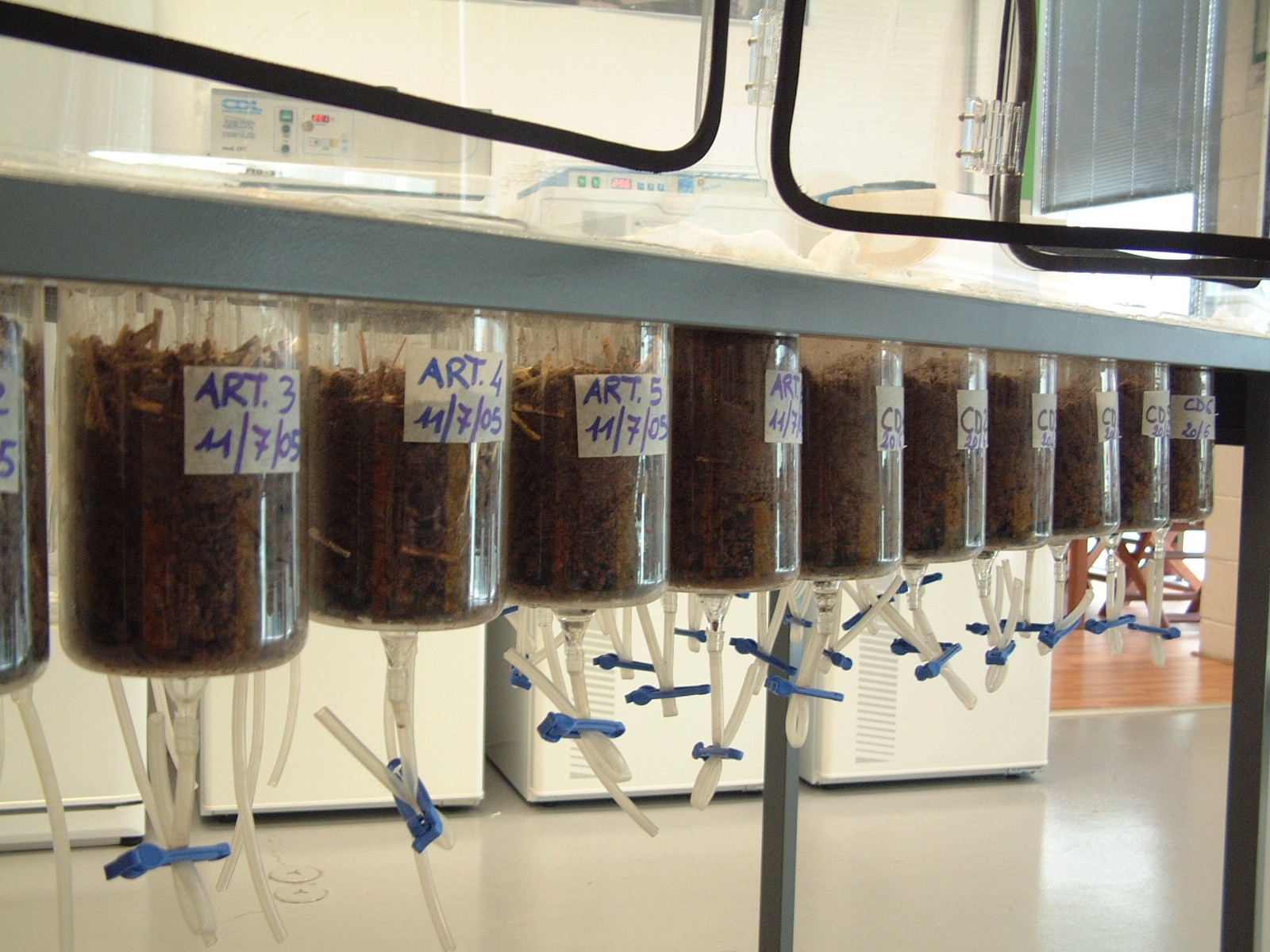
RESULTS
Test results will provide us with the information needed to set up and manage a successful remediation:
- optimal on-field conditions;
- limiting factors;
- kinetics of the reactions;
- composition and quantity of the detoxifying solution;
- possible byproducts;
- time span of the remediation process.




